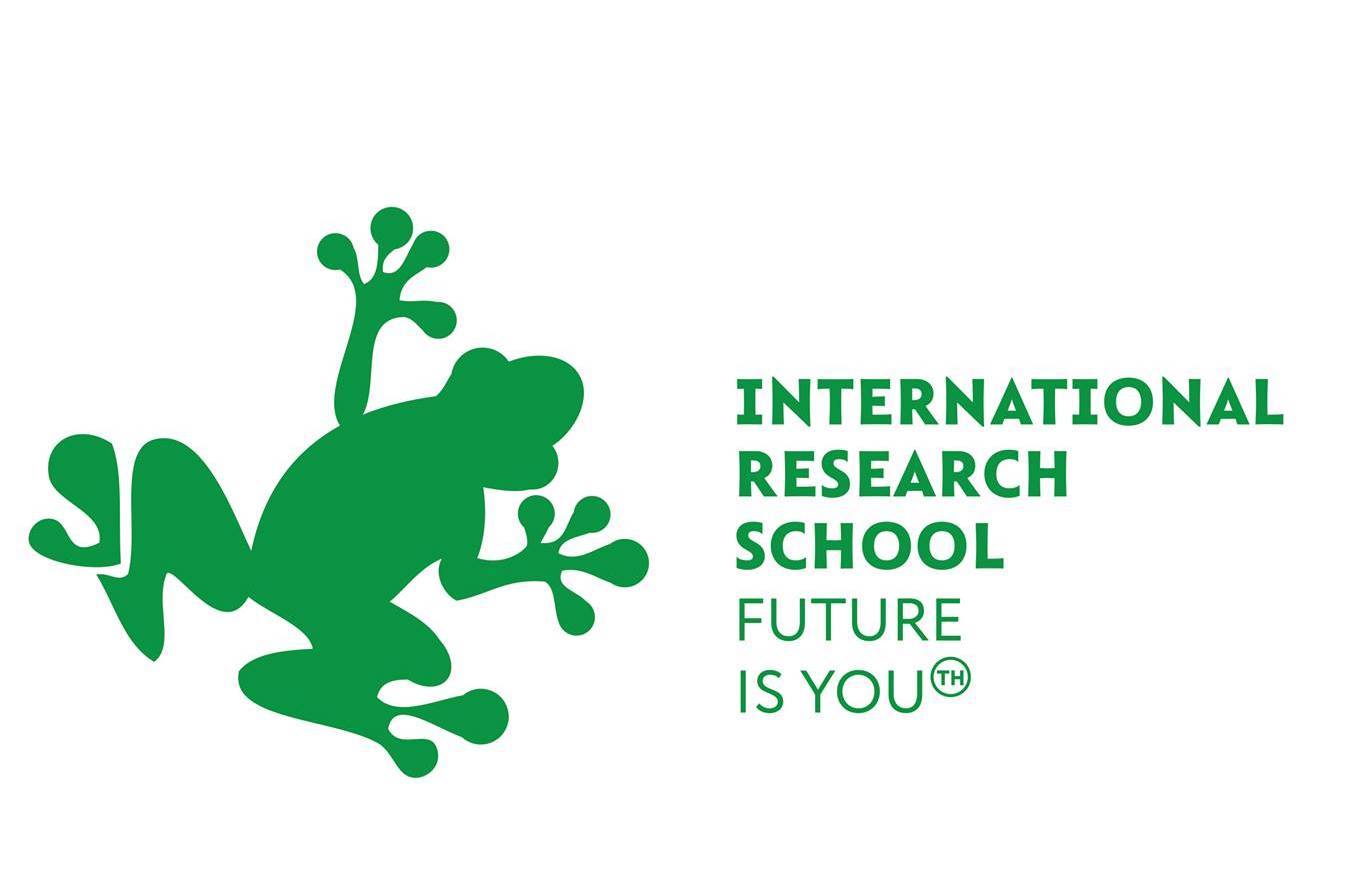13th INTERNATIONAL RESEARCH SCHOOL
Mapping and Predicting Methane Emissions in the Arctic
Geology & Geophysics
Today, active climate change is taking place, which causes the degradation of permafrost in the Arctic region. This is especially important since the permafrost traps huge amount of methane (CH4), one of the main greenhouse gases. The significant emission of methane into the atmosphere additionally contributes to global warming, so it is important for scientists to observe this process.

Methane emission from the bottom of the Arctic shelf
We can check is this natural protection works by using seismic and electrical methods of geophysics, which allow assessing the dynamics of ice degradation and predicting changes in natural conditions.

The result of explosive gas emission from permafrost
But how to measure and estimate the thickness of the frozen ground? Scientists have always wanted to know what is happening in the bowels of the Earth. And if geologists try to observe these processes directly - by making wells in the ground, geophysicists have developed other methods - methods of geophysical exploration, based on the study of the physical properties of rocks. After all, wells cannot be drilled everywhere, and in the Arctic it can even be dangerous (especially if a polar bear is walking nearby).

The begining of pressure ridge formation
During our project, we will study how the heat balance of the Earth is determined and get acquainted with the methods of geophysical exploration, which will allow us to interpret the real field geophysical data.
We will analyze the data from samples of a piece of the Arctic shelf of the East Siberian Sea taken in different years and compare them to each other.
I hope you will find it interesting to learn more about this remote and harsh region that plays such an important role in the Earth's climate.
We will analyze the data from samples of a piece of the Arctic shelf of the East Siberian Sea taken in different years and compare them to each other.
I hope you will find it interesting to learn more about this remote and harsh region that plays such an important role in the Earth's climate.
Technical requirements:
Any computer with internet connection and with windows 7 or newer
Programs:
1. Software for seismotomography (zond-geo.com)
2. Software for the interpretation of vertical electrical soundings (zond-geo.com)
3. Software for em sounding
Any computer with internet connection and with windows 7 or newer
Programs:
1. Software for seismotomography (zond-geo.com)
2. Software for the interpretation of vertical electrical soundings (zond-geo.com)
3. Software for em sounding
Tutor

Petr Sobolev
Moscow, Russia
Moscow, Russia
Petr is a postgraduate student at Lomonosov Moscow State University. In addition, he works for a large Russian energy company as a research analyst. He studies permafrost, or more precisely, the problem of gas emission in the Arctic zone. To solve this problem, Peter is developing an installation for measuring the acoustic and electrical properties of frozen ground with different gas saturation.

Elizaveta Kurapina
Moscow, Russia
Moscow, Russia
Every time, when Elizaveta came across something beautiful and interesting, she wanted to understand how it worked. That's why physics has always attracted her. Then she got interested to make some amazing things on her own and thus started to study engineering. Later Elizaveta wanted to share all this and show it to others. So now she regularly does engineering projects, and also organizes and holds events for others


